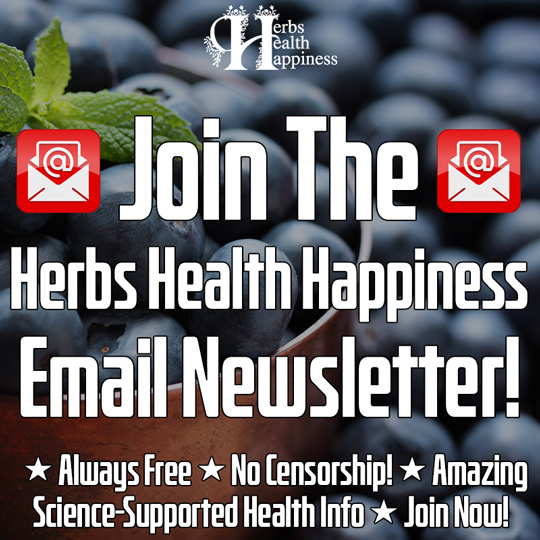Health Benefits Of Phenylalanine
Graphic © herbshealthhappiness.com Phenylalanine is a hydrophobic essential amino acid with a benzyl side chain; as its name suggests, it is a derivative of alanine, another amino acid. Being an essential amino acid entails that phenylalanine cannot be biosynthesized by …


